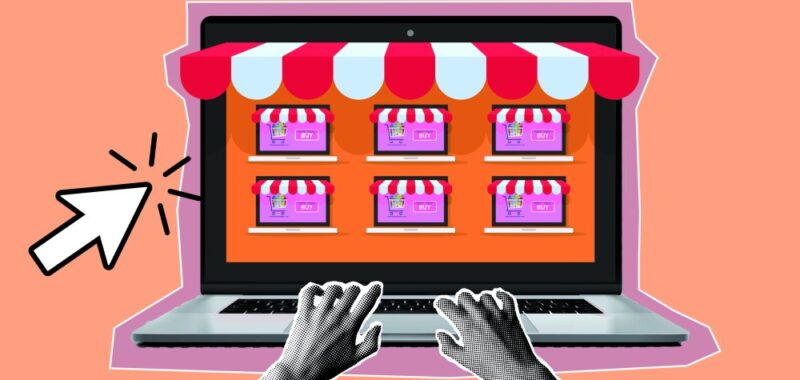After a spate of failed attempts and nonstarters a few years back, beauty is getting back into the marketplace game.
The reason? Amazon’s successful push into prestige beauty, as well as the rise of TikTok Shop as a serious player in the ultracompetitive space mean the multivendor platform concept, which entails third-party sellers listing products on a retailer’s platform, is back at the forefront of retail.
In addition to the competitive landscape, marketplaces are often viewed as a relatively straightforward way to drive up revenue at a time when retailers are facing increased pressure from consumers tightening their belts, tariffs and an uncertain economic backdrop.
“They see what Amazon’s doing and how successful Amazon’s been, and they’re trying to in some way, shape or form replicate that,” said Taylor Hamilton, chief executive officer of Recom, a tech-enabled e-commerce accelerator that works with brands to optimize their presence and sell more products on marketplaces.
Most recently, Ulta Beauty unveiled plans to launch an invite-only marketplace this year, with CEO and president Kecia Steelman telling WWD that it is looking at adjacent beauty brands and categories that are really leaning into wellness.
“We feel it’s another way to extend our brand and reach that beauty consumer in the right way. I’ll also be watching it very closely, because there could be items that take off in the marketplace that we would have never guessed, that we want to bring into our core assortment,” she said.
Walmart began adding premium beauty to its online marketplace in August 2024, starting with 20 brands and more than 1,000 stock keeping units, with a heavy focus on skin care and hair care. Now it has 80-plus brands and more than 2,500 items in stock for premium beauty.
“Through Walmart’s marketplace we’re able to introduce new and exciting brands, including CosRx, T3 and Beachwaver. Since the launch last summer, premium brands such as L’ange and Victoria’s Secret have seen double-digit growth post-launch, with T3 hitting triple digit growth,” said Walmart beauty vice president Vinima Shekhar in a recent interview.
Target also recently revealed plans to turn Target Plus, its invitation-only $1 billion marketplace, into a $5 billion business in five years. In the last year alone, it has grown more than 60 percent in essentials and beauty.
“Doug McMillon [CEO of Walmart] said there’s about 700 million skus on the Walmart marketplace these days,” Wendy Liebmann, CEO and chief shopper at WSL Strategic Retail, said. “That is access. A broader offer of product brings in a lot more people. It brings in higher-income shoppers across categories.”
Oliver Chen, a retail analyst at TD Cowen, added: “Marketplaces are important for fueling digital marketing revenue and they enable you to sell inventory in a capital light fashion so they should be on everybody’s minds.”
Nevertheless, he noted that not everybody can do them: “It depends on your awareness, your frequency and your scale.”
And they don’t always pan out as hoped.
Case in point: British retailer Boots, owned by Walgreens, previously announced plans to launch a marketplace in 2023, only for that to never materialize, while Farfetch debuted a beauty marketplace with more than 100 prestige brands in 2022, but exited the space the following year.
“The reason that you’ve seen marketplaces pop up and shut down is that there is so much transparency in terms of availability of items and pricing, and the consumers have so many different choices, and it is so easy to switch between one retailer that ultimately, you have to have a very clear and defined value proposition,” said Hamilton.
For a successful beauty marketplace, Emily Pfeiffer, principal analyst, commerce technology at Forrester Research, believes it comes down to three keys.
“If number one is price, number two is loyalty and experience: Customers will shop with a retailer because they know them, they like them, they trust them,” she said. “It’s a predictable experience. They know the checkout. They trust the retailer with their data.
“Number three is assortment,” she continued. “I’ll shop somewhere where I have to get the thing if nobody else has it, or I might shop at the store that has most of what I want, if other stores only have some of what I want, so uniqueness and completeness of assortment is important.”
Ultimately, Hamilton believes when it is so difficult to beat Amazon on price, shipping and infrastructure, it will ultimately come down to consumer loyalty to a particular retailer.
“There are just some customers who are always going to prefer to shop a website, or they’re very loyal to Ulta or Sephora, whatever it is,” he said, “and that’s going to result in an extra couple percentage points of sales.”

